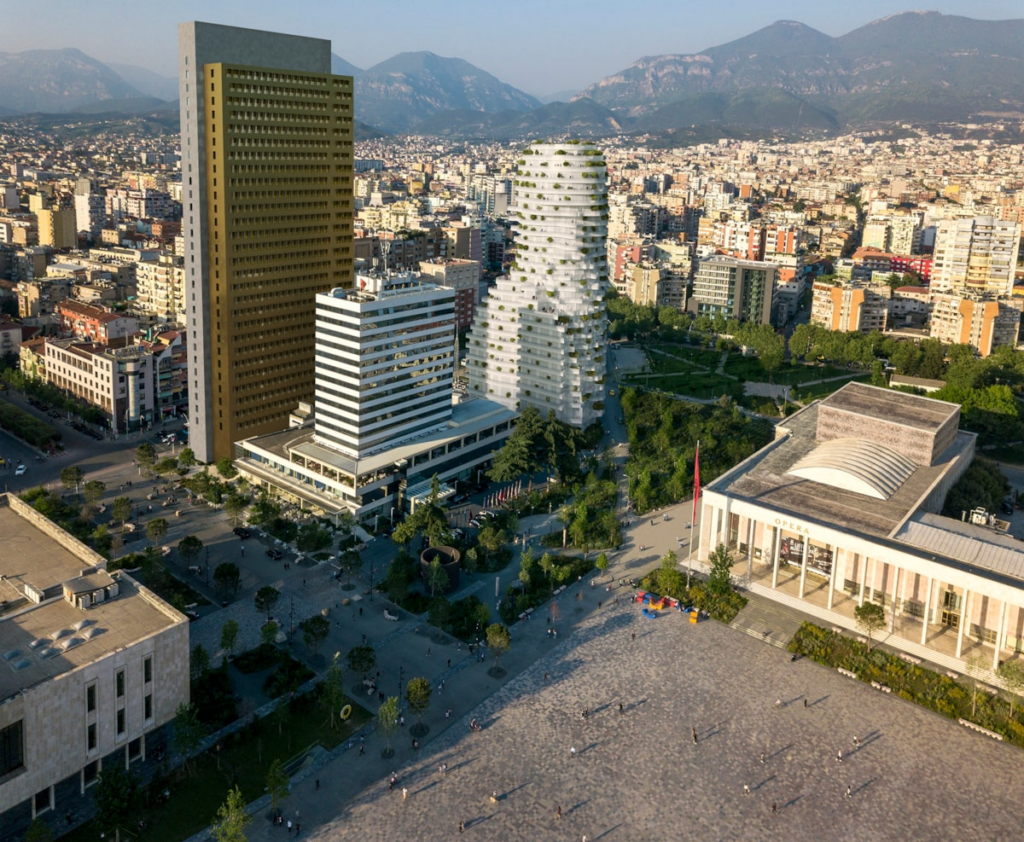I’ve never been to a city like Tirana.
At the beginning of the 20th century, the population of Tirana was about 10,000. It became the capital of Albania in the 1920s and grew throughout the century, but growth slowed during the Communist era, from the end of World War II until 1991.
Since the fall of Communism, many Albanians have moved to the city. The population has more than doubled since then. And Tirana has had to adapt quickly.
Other capital cities I’ve visited long ago became what they are. Tirana is still becoming.
Remembering the Past
I visited two museums that clobbered me with the power of the Communist regime over its citizens at the time. But even more, it is clear that for Tirana, and for Albanians in general, the legacy of Communism is not forgotten.
The House of Leaves
The Directorate of State Security, commonly called the Sigurimi, was the state security, intelligence and secret police service of the People’s Socialist Republic of Albania. Its proclaimed goal was maintaining state security of Albania, but the true purpose of the Sigurimi was to suppress political activity among the citizenry and squelch opposition to the Communist regime. And they were extremely effective.
The Sigurmi operated in Tirana out of a villa that formerly served as Albania’s first obstetrics clinic. In 2017 the Museum of Secret Surveillance opened in that villa. Because a clambering plant covers the facade of the building, it is commonly known as The House of Leaves.
According to a sign on the front entrance, the museum “is dedicated to those innocent people who were spied on, arrested, prosecuted, convicted and executed during the communist regime.” The exhibits show how the Sigurmi used each room for spying, eavesdropping, bugging and wiretapping, interrogation, and torture. And a lot of data and statistics are presented.
It was both impressive and sobering. It hammered home my understanding of just how repressive the government of Enver Hokha was. And how paranoid. (Plenty of his own political allies also were executed when he found any excuse to lose trust in their loyalty. No doubt the ones doing the surveillance were also being surveilled.)

Bunk’Art 2
Starting in the 1970s, the government of Albania built a network of underground concrete-reinforced bunkers as a defense against a possible attack. One of these was accessible from the basement of the Ministry of Internal Affairs in downtown Tirana. That bunker now operates as a museum, one of two Bunk’Art museums in the city.
The museum display was a bit disappointing. It had more of the same sorts of displays that we saw at the House of Leaves, all very sobering.
But to see the extent to which Hoxha’s regime went in the name of paranoia was astounding. Because here’s the thing: They built an estimated 750,000 of these bunkers all over Albania. 750,000! Many of these were just prefabricated concrete domes on the hillsides big enough for one or a few people. But many were large underground spaces with long corridors connecting small rooms like the one I walked through at this museum.

And here’s the other interesting fact: none of these 750,000 bunkers was ever used. Not even for drills.
Looking to the Future
The grey, drab, blocky architecture of the Communist era is still present around the city center. But as I walked around, I saw how Tirana is becoming colorful and modern. And taller.
You can see it in the photo at the top of the page. That’s Skanderbeg Square, Tirana’s main public space. The Opera House was built between 1959 and 1963 as the Palace of Culture. To the left is Tirana’s Rock, a mixed-use building still under construction. It will be the second “figurative” building in Tirana.

Back to the photo at the top of the page. To the left of the Skanderbeg building is the Tirana International Hotel, directly in front of the new Intercontinental Hotel, which is nearing completion. The International Hotel dates from 1979. At that time it was the tallest building in Albania, and one of only two buildings with an elevator.
Here’s the other figurative building in Tirana:
As Tirana grows, there are more and more new, taller buildings recently completed, in progress, or planned. It is definitely a city that is redefining itself by becoming modern, but without forgetting its past.




Timothy Welch
I LOVE Tirana! I’m glad you enjoyed it too. If you’re still there, please find the sculpture graveyard.